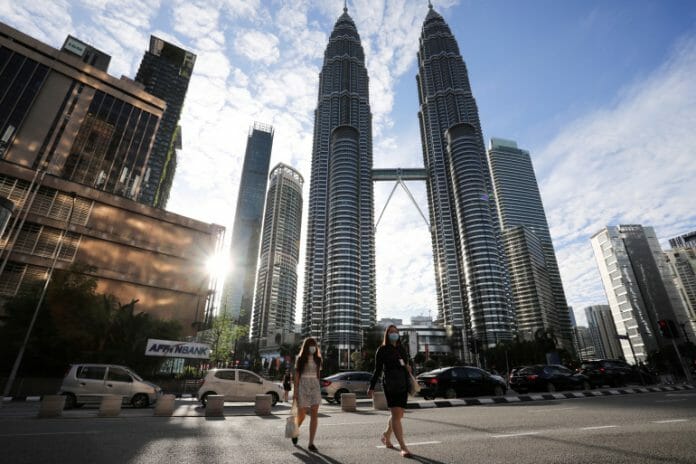By Dr Mohd Afzanizam Abdul Rashid, Chief Economist of Bank Islam Malaysia Berhad
This is rather a common question posts whenever the government dished out their fiscal stimulus. The Covid-19 pandemic has yet to subside and the number of new cases has surpassed to a worrying level of late. This necessitates the government to impose a full lockdown from 1 to 14 June 2021. Consequently, the government decided to announce its third fiscal stimulus, dubbed as Program Strategik Memperkasa Rakyat dan Ekonomi Tambahan or PEMERKASA+.
The total allocation is earmarked at RM40 billion and it is much higher than the previous package of RM20 billion. Many would argue that the stimulus plan may not be enough. But in all honesty, no one would really know how much enough is enough. In that respect, we have to give the credit to the government in coming up with such intervention, all in the name of mitigating the side effects of having the Movement Control Order (MCO).
In the Prime Minister speech, it clearly states that the government has limited fiscal space. What it means is that the government may not be able to splurge excessively and they need to be mindful of the repercussion such as the rating agencies whose opinion on credit will be taken seriously by the capital market investors. Therein lies a problem.
On one hand, the government needs to ensure that the well-being of the rakyat and businesses will be taken care of as the health crisis are extremely systemic. Unemployment rate has stayed at elevated levels of 4.8 percent during the first three months of this year despite the economy contracting at smaller pace of -0.5 percent in the first quarter of the year.
On the other spectrum, there is a group of capital owners whose interests are keeping their principle intact and along the way, expecting a higher investment returns as a result of their “sacrifice” made when they part with their money.
Nonetheless, capital owners can be the average Joe whose money is being managed by the pension funds and asset managers. In that sense, capital owners may not necessarily be the bad guy. Having said that, during economic stress, private sectors tend to shy away from committing more investment and spending.
If left unattended, the aggregate demand could be compromised, leading to high unemployment rate. That is pretty much the standard script for those who subscribed to the Keynesian mantra. In light of the uncertainty, we should expect the government’s role to be instrumental in managing the economic recovery which is by far fragile and uneven. The K-shaped economy has been associated with the present economic condition, implying that the extent of income and wealth disparity would be acute problem going forward.
Perhaps, the notion that the government has limited fiscal space may need to be relooked at objectively. Falling back on economic literature would be necessary in order to make a sound judgment. In this case, a study done by the Bank for International Settlement (BIS) could be a good reference point.
The paper was published in 2011 entitled “The Real Effects of Debts”. Their study has found that the threshold effects for government debt is 85 percent of GDP. If the threshold is crossed, the GDP growth would become slower. If we subscribe to this research, the Malaysian government has the means to increase its debt ceiling and subsequently, be able to improve their fiscal space.
What really matters is the spending program and the outcome. And more importantly, corruption and any rent seeking activities would need to be curtailed at all cost so that the resource allocation is precisely calibrated to cater for a sustainable recovery. The expenditure program has to be measured and time based as the extra spending cannot be continued indefinitely as this will risks the country to reach the thresholds effects sooner.
At the moment, the federal government debt is expected to reach 58.5% of GDP this year based on what has been shared by the authorities. Assuming, the country could reach 60% of its debt limit, the extra spending could be just around RM23.5 billion. It appears that the prevailing debt limit may not be sufficient to navigate the economy in the second half of the year, there is a high likelihood that the debt limit would need to be raised further, possibly in the region of 70 percent of GDP.
That should give us roughly more than RM180 billion extra spending power by the government. So do we have the fiscal space? Indeed, yes.









